Jul 9, 2025
Google Ads Just Changed - Here’s What You Need to Know
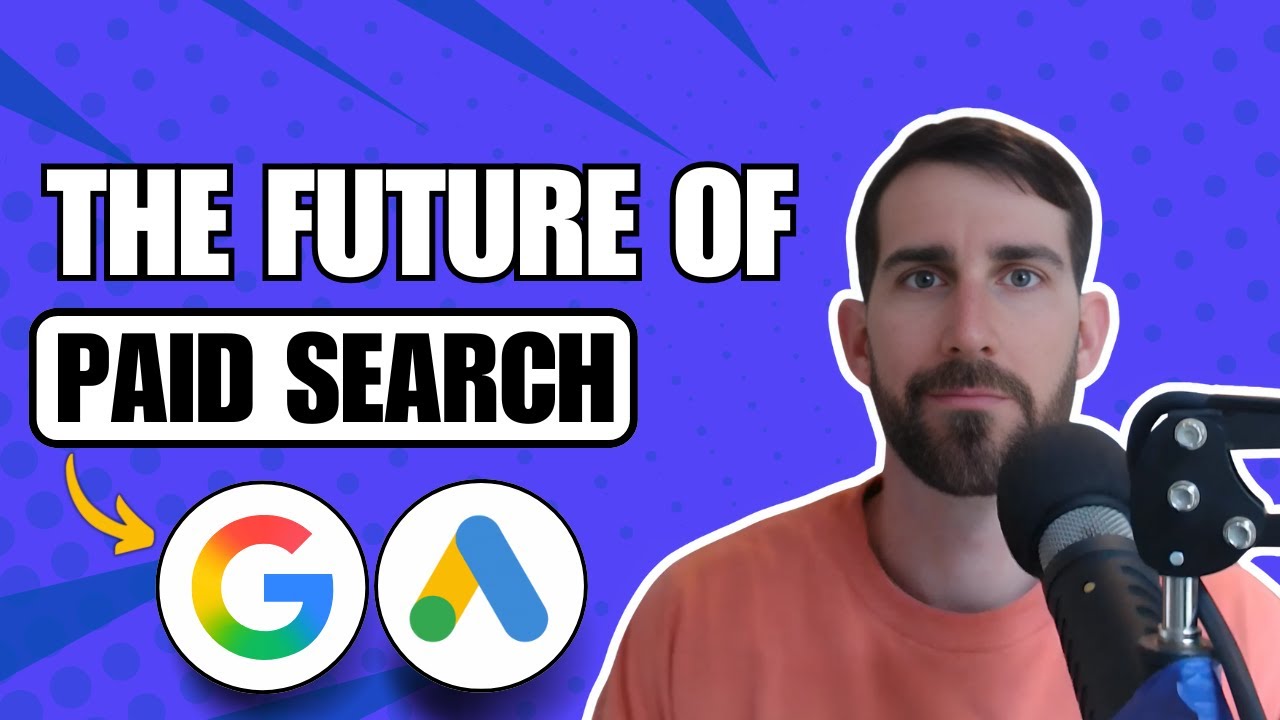
Google has once again shaken up the digital advertising landscape with a series of major announcements at Google Marketing Live 2025. As someone deeply invested in Google Ads and digital marketing, I want to break down what these changes mean for advertisers, marketers, and content creators alike. Whether you're running local campaigns, building an agency, or simply looking to get a better return on your ad spend, these updates are crucial to understand.
In this article, I’ll walk you through the key updates, including the new Power Pack campaigns, AI Max for Search, enhancements to video ads, and evolving local SEO strategies. Plus, I’ll share insights from a recent conversation I had with a Google account rep, which gave me a unique perspective on the future of Google Ads and AI integration.
Insights from Inside Google: AI’s Growing Impact on Advertising
Recently, I had a conversation with one of my Google Ads account reps, who also leads an algorithm team for the ad platform. As a heavy spender on Google Ads, I get the benefit of having an account rep to help optimize campaigns, and this chat revealed some interesting behind-the-scenes shifts at Google.
Google has introduced a voluntary severance program—a humane approach to layoffs where employees can opt to leave with a severance package. What struck me was that this program was announced selectively, particularly targeting Google's search team, which is being trimmed down. The reason? AI.
My rep assured me her team is actually growing, highlighting how AI is reshaping roles and priorities within Google. This reinforced my belief that advertising skills, especially those that leverage AI-powered tools, will be more valuable than ever. Staying ahead of these changes isn’t optional—it’s essential.
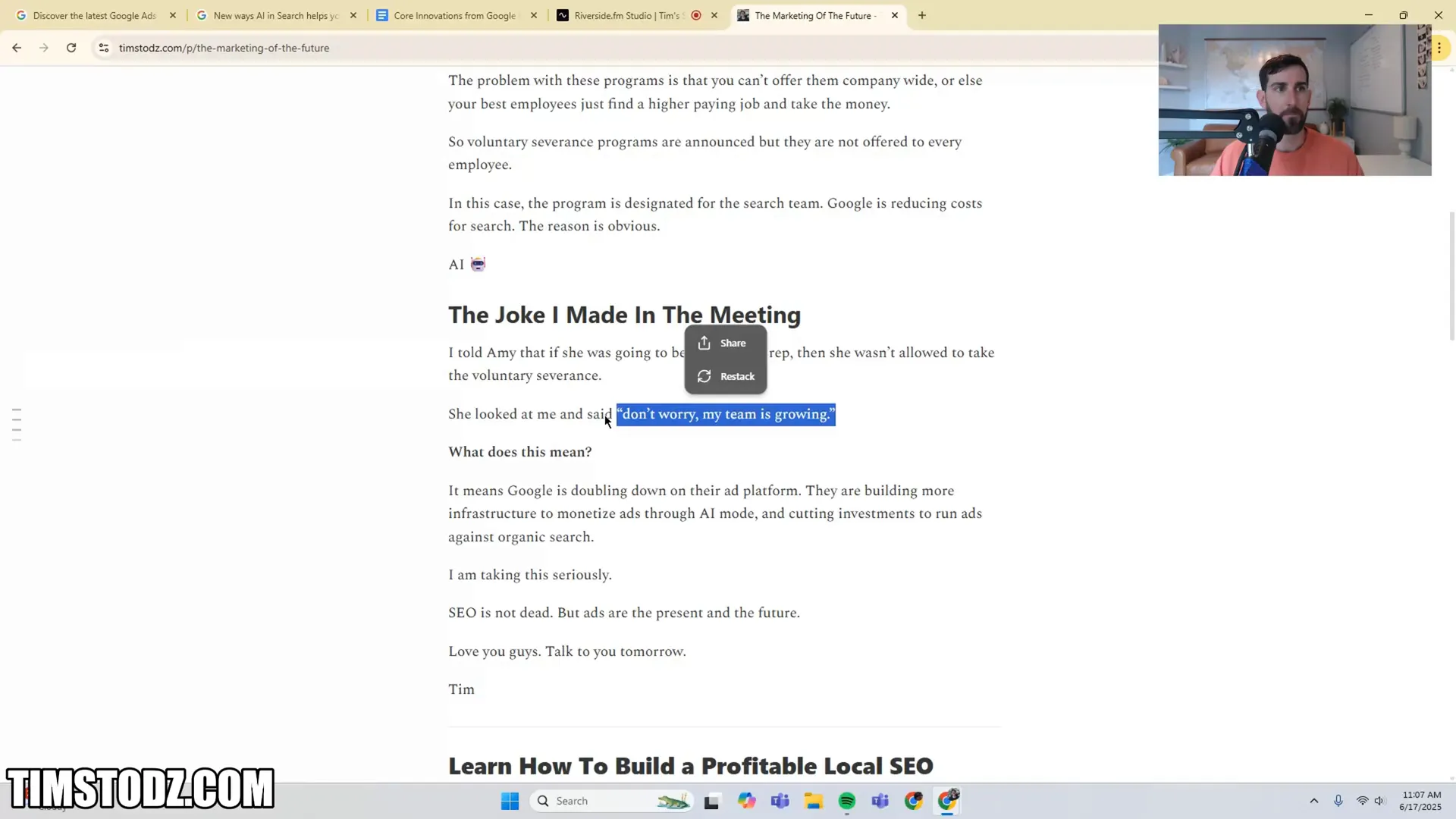
Power Pack Campaigns: The New Frontier in Performance Max
One of the most exciting updates is the introduction of Power Pack campaigns, an enhancement to Google’s Performance Max (PMax) product. Performance Max is a favorite of mine because it automates ad optimization across Google’s ecosystem—Google Search, Maps, Gmail, YouTube, and more—using AI to find the right audience for your ads.
Power Pack takes this a step further by combining Performance Max, AI Max for Search, and Demand Gen into a unified AI-driven campaign solution. Demand Gen helps advertisers gauge demand for specific search queries, allowing campaigns to be more targeted and efficient.
Another significant update is channel-level reporting, which is currently in beta. This feature allows advertisers to break down performance data by channel (such as YouTube, Google Shopping, Display Ads) rather than just by campaign, providing deeper insights into where your ads are working best.
Additionally, you can now set negative keywords in Performance Max campaigns. This means you can prevent your ads from showing on searches that are irrelevant or low-value, a capability that wasn’t available before and is a game changer for fine-tuning ad spend.
Power Pack also introduces high-value acquisition targeting with customer match, brand and URL extensions, and enhanced demographic and device targeting. These tools make it easier to refine who sees your ads and how they interact with them.
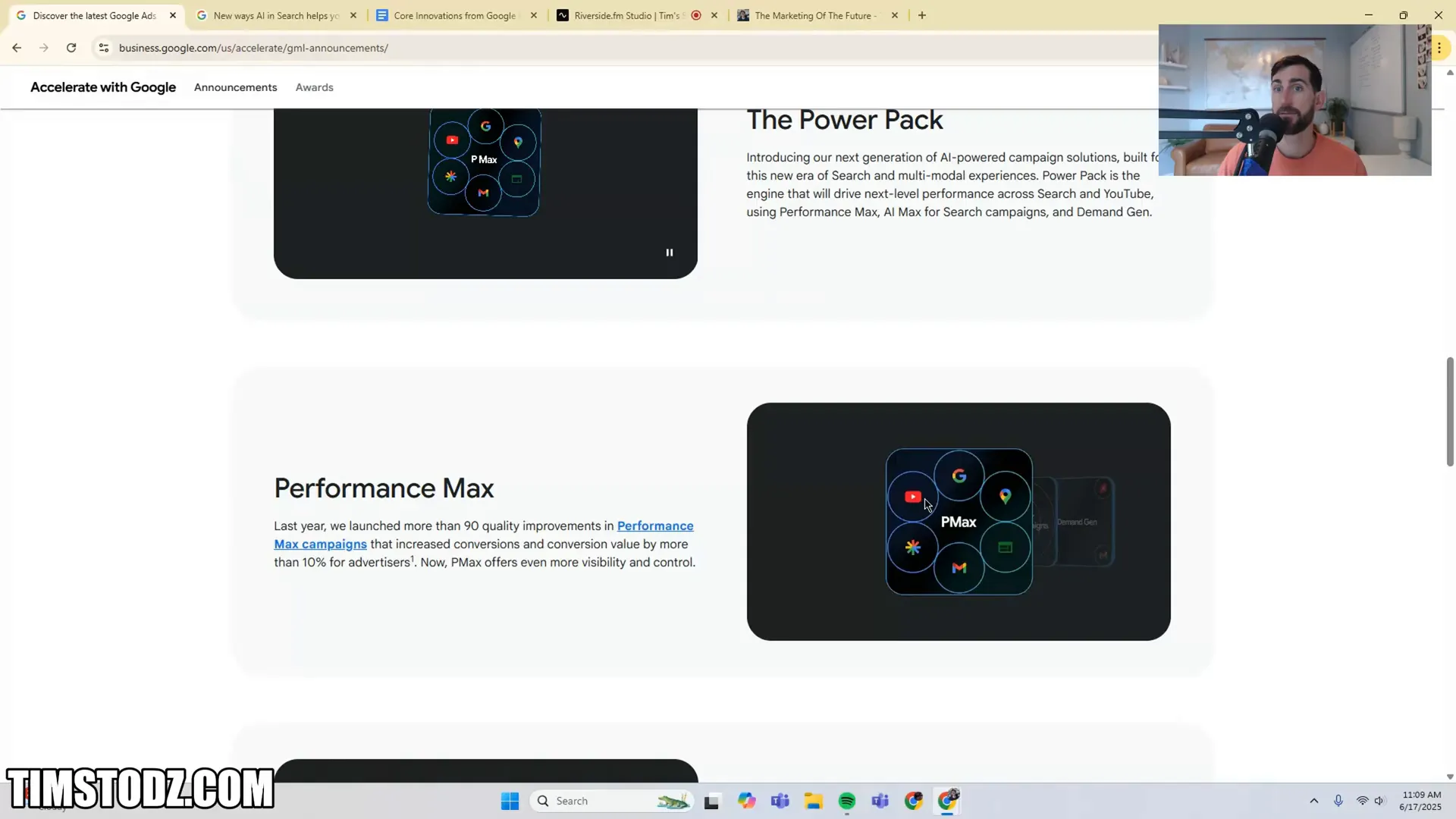
If you want a deep dive into how Performance Max and Power Pack work, I highly recommend checking out detailed resources on these topics. The AI-driven enhancements embedded in these campaigns are designed to supercharge ad performance and ROI.
AI Max for Search: What It Means for Content Creators and Advertisers
Now, this is the big one. AI Max for Search is poised to create substantial changes in how search campaigns function. It’s also the update that has many SEOs worried.
The core concern is this: if Google’s AI can synthesize and present content directly within search results, why would users bother clicking through to the original websites? This has implications for organic traffic and content creators who depend on search visits.
Google’s response is to integrate ads directly into these AI-powered search results, giving advertisers an opportunity to reach users even as the search experience evolves. This could mean ads appear within AI-generated answer boxes or rich results, blending paid and organic content in new ways.
There’s still a lot of uncertainty about how this will play out, especially regarding the balance between AI-driven content aggregation and sending traffic back to original sites. Google will likely need to maintain some organic search presence to avoid legal and ethical issues, as well as keep content creators invested in the platform.
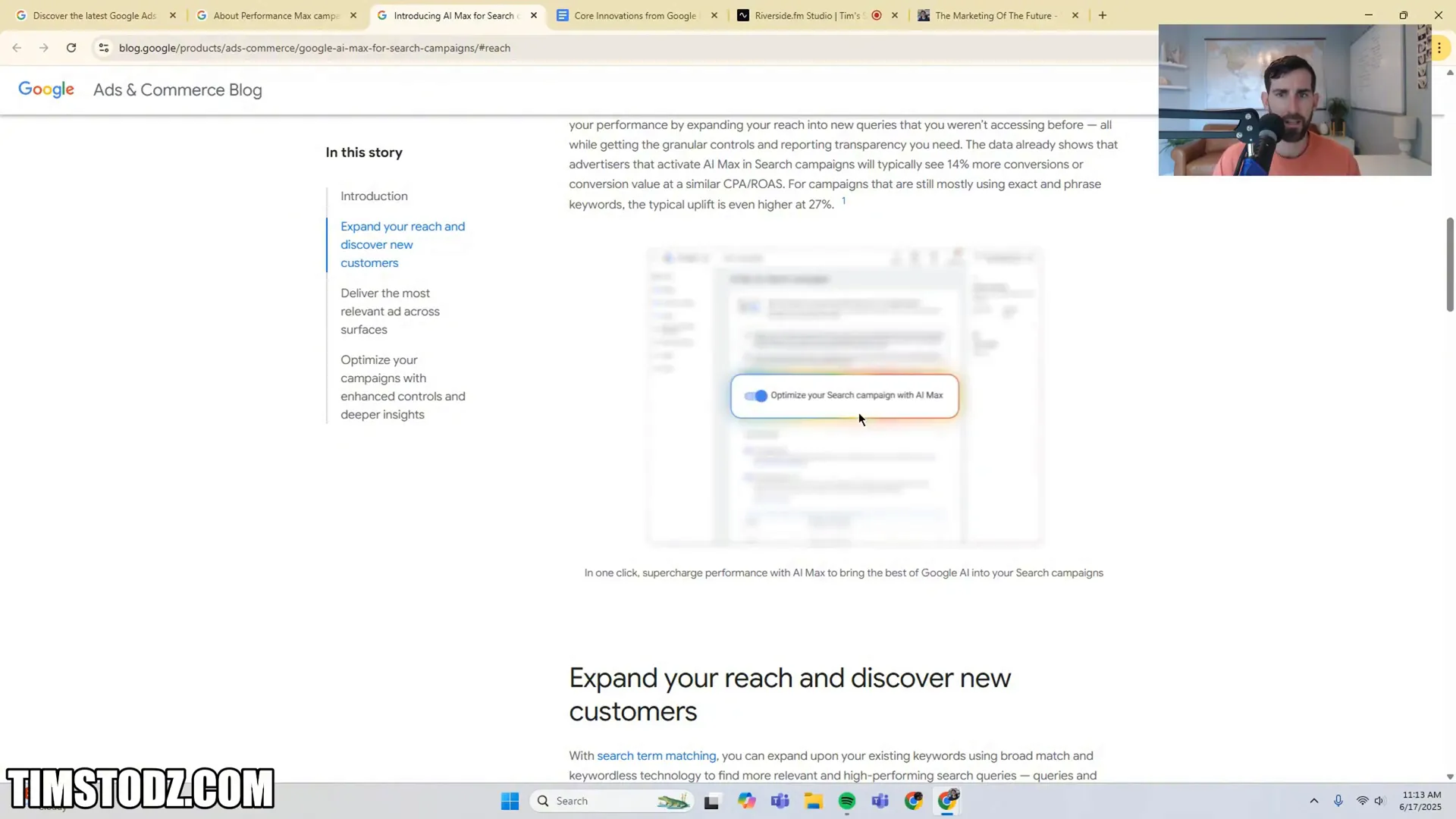
The Future of Video Ads and Interactive Shopping
Video advertising is also getting a boost. For advertisers who rely on visual storytelling—think physical products like makeup or kitchenware—Google is introducing new brand-forward video ads across its services, including Search and Google Shopping.
Performance Max campaigns will soon allow video assets as part of the ad creative mix, not just photos. This is a significant update, as video ads tend to engage users differently and can drive discovery more effectively.
Rollout is still in progress, starting in the U.S. and California, mainly due to the technical challenges of delivering high-quality video ads at scale.
Another fascinating development is the rise of interactive shopping on Connected TV (CTV). Live shopping experiences, popularized by creators like Gary Vaynerchuk, are becoming integrated into Google’s ad offerings. While I’m curious about how widely this will catch on, the data suggests more consumers are embracing live and streaming formats, so it’s worth watching closely.
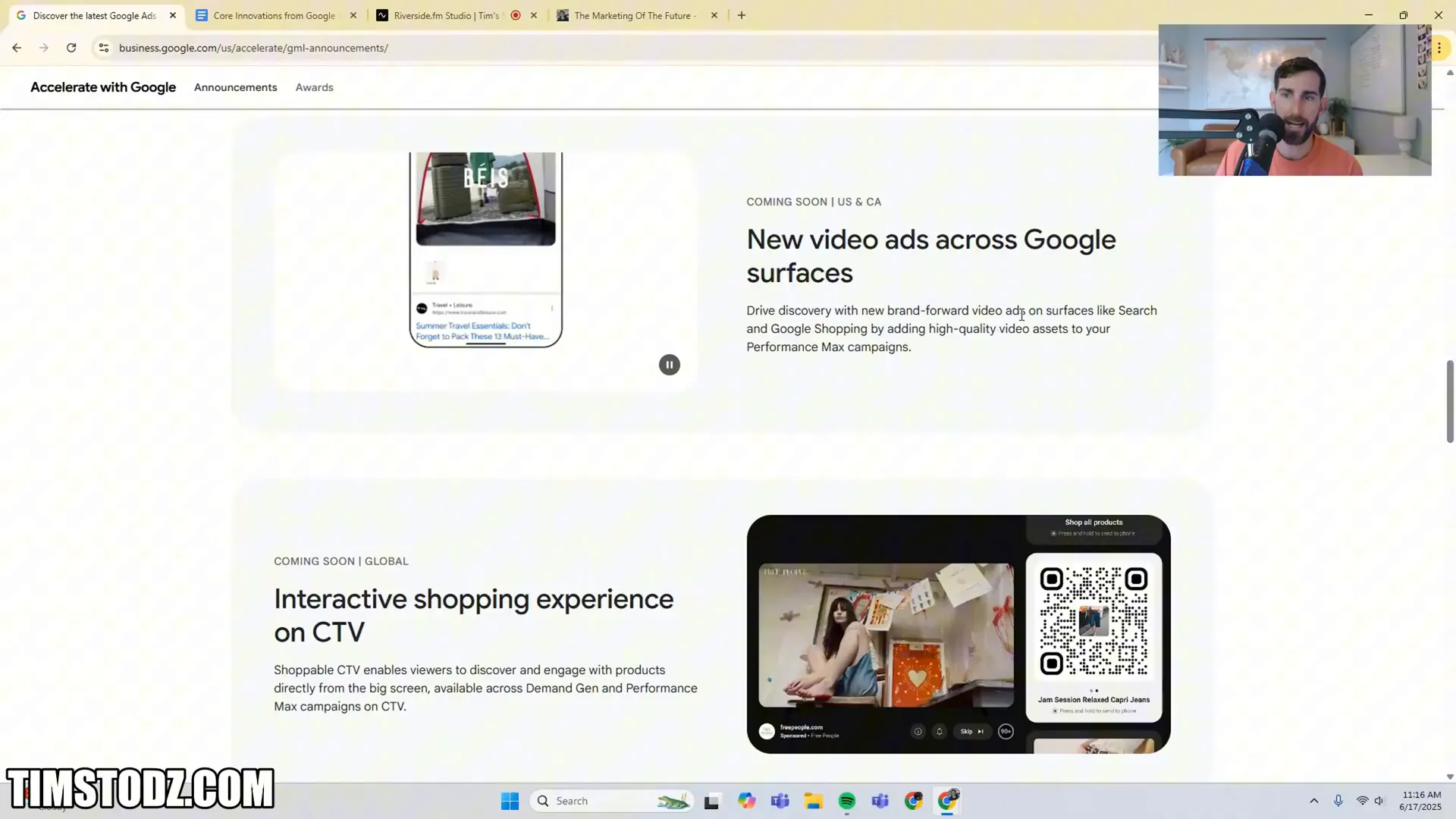
Local SEO and “Vibe-Based” Search on Google Maps
Local SEO remains a critical strategy, especially as long-tail SEO continues to evolve. One of the most exciting updates is how Google is enhancing local searches with AI-powered “vibe-based” queries.
Imagine searching for a “restaurant with a jazzy vibe” and Google delivering business profiles that match not just location and reviews but also the ambiance or feel you’re looking for. This is a game-changer for local businesses aiming to connect with customers on a more nuanced level.
Demand Gen functionality will play a big role here, helping businesses appear in these AI-driven, intent-rich searches on Google Maps and beyond.
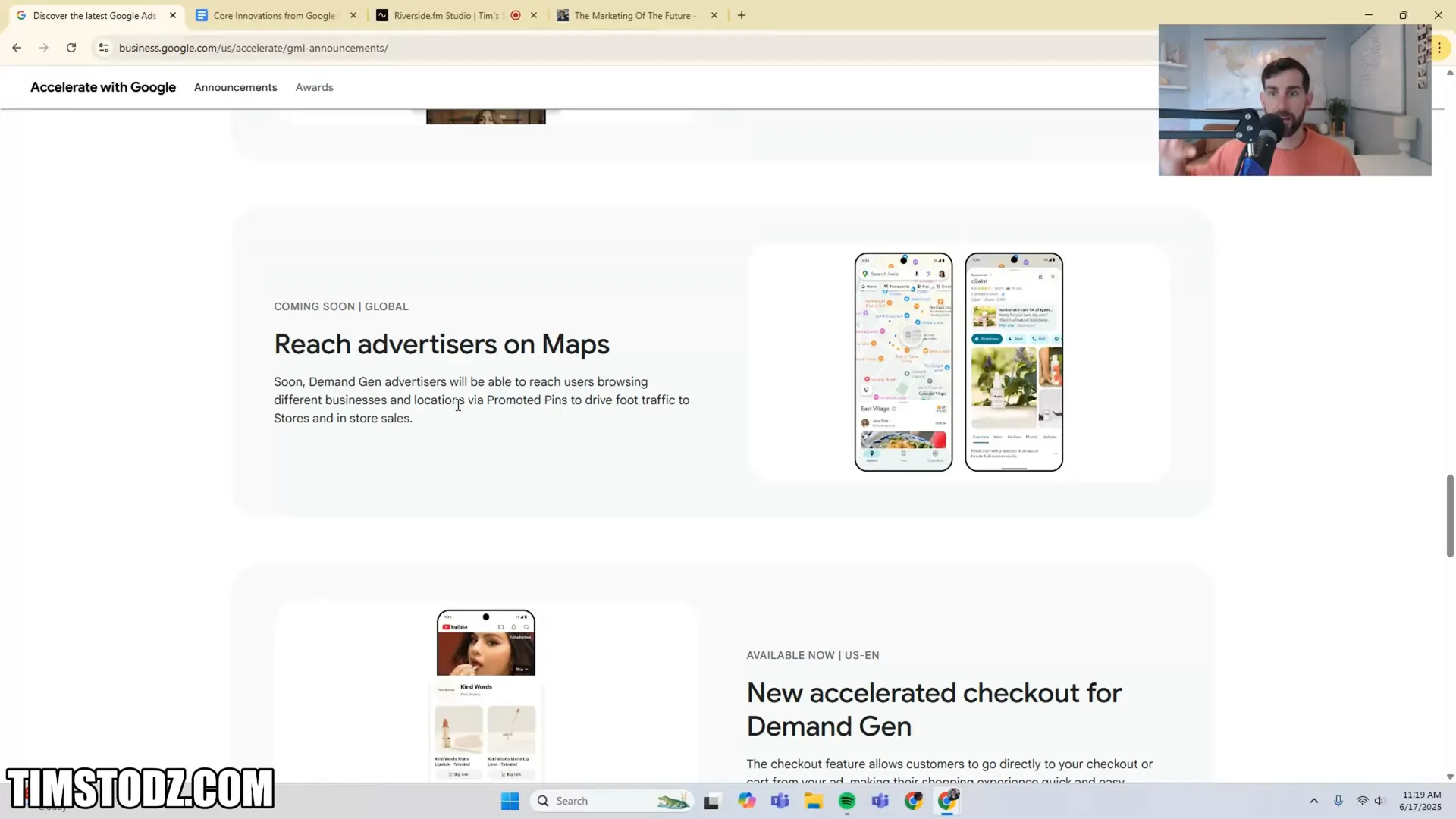
Final Thoughts: Adapting to the Future of Google Ads and AI
The most common question I get is: “Is AI going to kill SEO and digital advertising as we know it?” My answer is a firm no. Things are changing, yes, but they’re evolving rather than dying.
Blogging and traditional content strategies may not generate the same volume of search traffic as before, but people will always seek answers online. AI can aggregate and present data more efficiently, but it doesn’t replace the authority and value that well-crafted content and smart advertising bring to the table.
Google remains heavily dependent on driving traffic to businesses. If they fail to do that, their entire model collapses. The new AI-integrated ad platforms, including Gemini search results and Performance Max enhancements, seem designed to ensure clicks still flow to advertisers and local businesses.
Will the classic “ten blue links” of search results fade away? Possibly, but organic traffic is still very much alive in my experience. The key is to stay adaptable and continue learning how to leverage these new AI-powered tools.
In short, these updates are not just changes—they’re opportunities. By embracing Google’s evolving ad and AI platforms, you can become a stronger marketer and maximize your return on ad spend like never before.
If you want to dive deeper, I’ve created an outline of all these improvements that you can grab via the link below. Stay curious, stay ahead, and keep experimenting.
Thanks for reading! If you have questions or want to discuss these updates further, feel free to leave a comment.